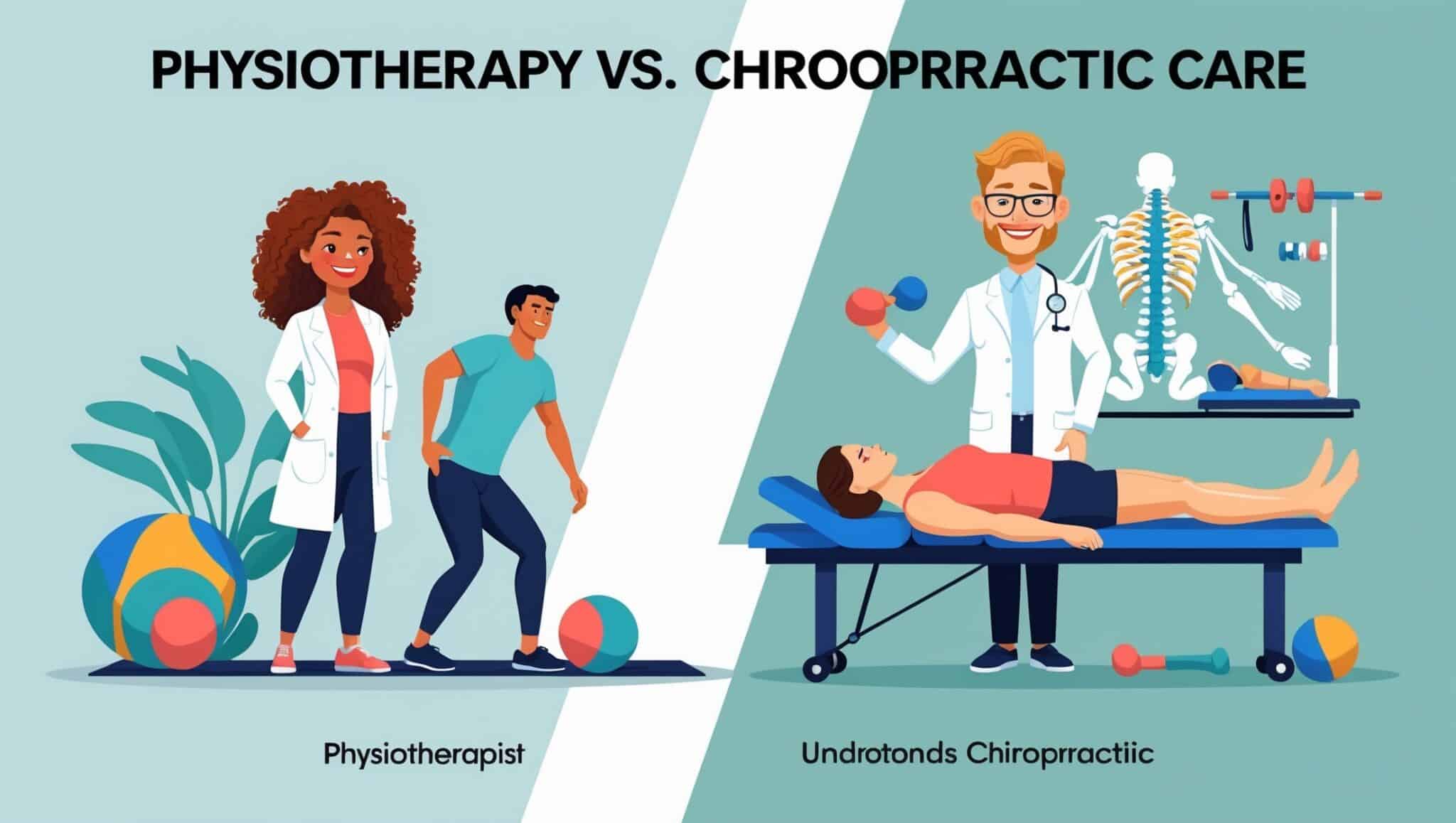Choosing the right form of physical care is crucial for recovery, long-term health, and optimal body function. Both physiotherapy and chiropractic care serve essential roles in treating musculoskeletal issues, yet they differ significantly in philosophy, approach, and treatment scope. Understanding these distinctions allows individuals to make informed decisions tailored to their specific needs. When seeking structured, evidence-based rehabilitation, many patients begin their journey at a trusted physiotherapy clinic in Islamabad where comprehensive assessments and individualized care plans are the foundation of treatment.
Philosophical and Methodological Distinctions
Physiotherapy is grounded in functional rehabilitation. It emphasizes restoring movement, strength, coordination, and endurance through active participation and tailored exercise protocols. Physiotherapists focus on identifying the underlying cause of dysfunction—whether from injury, surgery, illness, or chronic conditions—and treat it through progressive, hands-on therapy combined with guided movement education.
Chiropractic care, on the other hand, is centered on the alignment of the spine and its influence on the nervous system. Chiropractors primarily use spinal manipulation and adjustments to address joint misalignments (subluxations) believed to impair nerve flow and overall health. While effective in certain cases like acute low back pain or neck stiffness, chiropractic care may not offer the same breadth of rehabilitation as physiotherapy.
Patients who require flexibility in receiving expert care often rely on physiotherapy home service Islamabad, which allows them to benefit from full rehabilitation plans within the comfort of their own homes particularly useful after surgery or during injury recovery phases.
Scope of Treatment and Conditions Addressed
Physiotherapists treat a wide range of physical impairments, including orthopedic conditions (fractures, tendonitis, joint replacements), neurological disorders (stroke, Parkinson’s disease), cardiopulmonary issues (post-COVID recovery, COPD), and sports injuries. Their treatment plan often includes a combination of therapeutic exercises, manual therapy, electrotherapy, ultrasound, dry needling, and posture correction.
Chiropractors mainly address conditions linked to the spine, including back pain, neck pain, tension headaches, and sciatic symptoms. Their treatment typically revolves around spinal manipulation techniques, with minimal focus on exercise or postural rehabilitation.
Patient Involvement in Treatment
One of the defining aspects of physiotherapy is its collaborative and active approach. Patients are actively involved in their recovery through exercise regimens, stretching routines, and education on body mechanics. This empowerment leads to long-term improvements and reduced recurrence of injury.
Chiropractic care tends to be more passive, with patients receiving manual adjustments during relatively short sessions. While this can offer immediate relief, it may not fully address functional weaknesses or the root causes of recurring issues.
Rehabilitation and Functional Recovery
Post-surgical rehabilitation, sports injury recovery, and chronic pain management are domains where physiotherapy excels. By addressing muscle imbalances, joint mobility, neuromuscular control, and proprioception, physiotherapists guide the body back to full function. Chiropractic care does not typically provide the same structured progression or multi-dimensional rehabilitation essential for athletic or post-operative recovery.
Safety and Professional Regulation
Physiotherapists are often part of multidisciplinary medical teams and work alongside surgeons, general physicians, and orthopedic specialists. Their scope of practice is defined and regulated through medical boards and national councils. Treatment is typically evidence-based and backed by clinical research.
Chiropractors also follow licensure and education requirements but operate under a different regulatory framework. While spinal manipulation is generally safe in experienced hands, over-reliance on adjustments or treating non-musculoskeletal conditions without proper referrals may pose risks in some scenarios.
Integrative Potential: Can You Use Both?
While physiotherapy and chiropractic care are distinct, they are not mutually exclusive. In some cases, patients may benefit from both, especially when seeking short-term spinal alignment followed by long-term functional rehabilitation. However, coordination between both practitioners is essential to avoid overlapping or conflicting treatment approaches.
Final Thoughts
For long-lasting recovery, prevention of injury recurrence, and holistic rehabilitation, physiotherapy offers a broader and more scientifically grounded solution. Whether managing chronic pain, recovering post-surgery, or enhancing athletic performance, the structured approach of physiotherapy stands out as the most comprehensive form of care. When choosing between the two, understanding one’s specific condition and goals is key ensuring the right method supports the journey toward optimal health and function.




Keine Kommentare
Kommentar verfassen Cancel